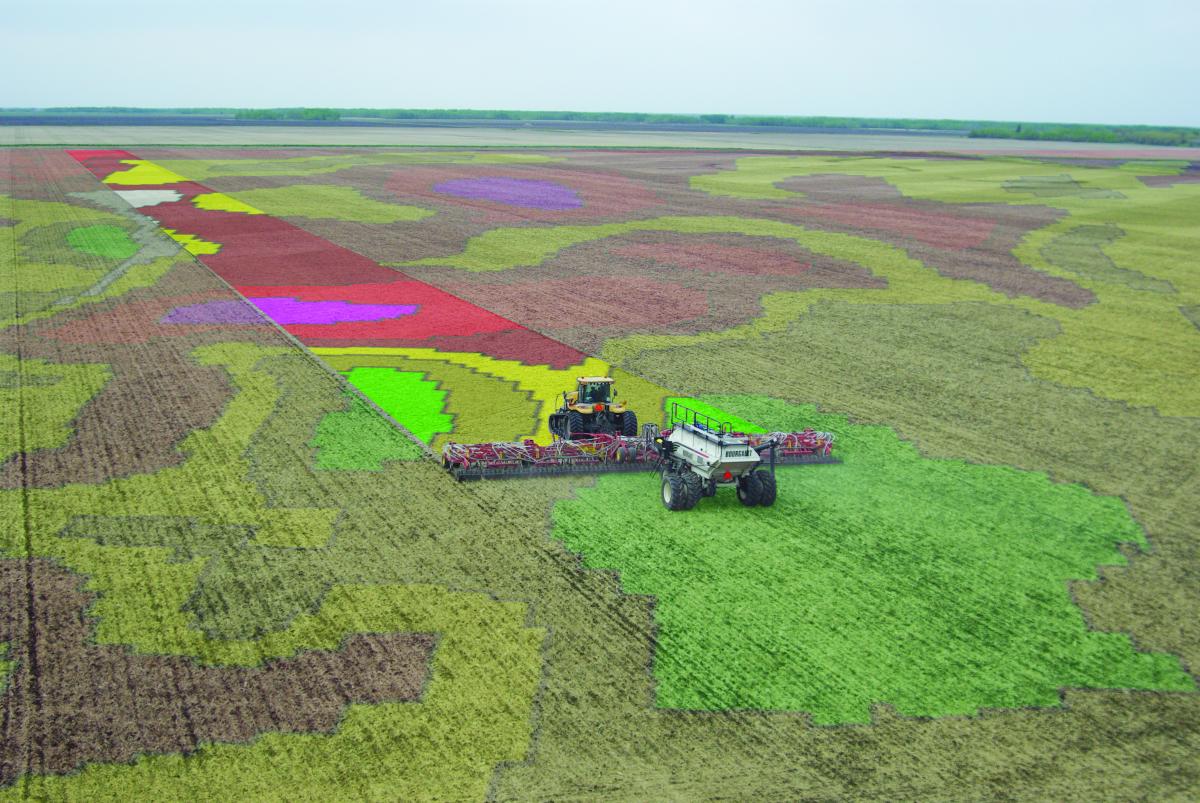
Every year, technology makes life easier for farmers. Today, farming may not resemble arduous labor, when you have to do all the work manually, but a business corporation, where the head of the farm as a manager administers all work processes while sitting in the office.
Many farmers today come to the understanding that it is possible to conduct production with much more profit and less loss, having only all the information about all the processes taking place in the farm. For example, resource-saving technologies are being actively developed that allow for targeted application of fertilizers, crop protection products and water. This can lead to a significant increase in profitability, although it does not require increasing the area under crops or modifying them in any way.
Today, there are already universal digital solutions available to farmers anywhere in the world, which is what we are trying to introduce to our readers. One such solution is the digital platform from Farmers Edge, the world leader in information technology for agriculture. But we'll talk about this later, and first focus on the importance of soil moisture analysis and accurate weather forecasting for resource efficiency and yield planning.
Soil moisture analysis
Kazakh farmers are not seldom faced with a soil moisture deficit, which inevitably affects their yields. Therefore, many of them are already adapting to climate change using modern technology - installation of weather stations and soil sensors. This combination of equipment helps protect against uneven rainfall during the season.
Every farmer, regardless of the crops to be grown, wants to know how much and what fertilizer needs to be applied, whether there is enough moisture in the soil to absorb it, how best to adjust irrigation rates and schedules according to the phases of plant development, what the potential yield will be at the current moisture level, etc. The installation of special soil sensors and weather stations in the fields helps in this regard.
By knowing exactly the weather forecast and soil moisture, it is possible to determine the most effective application strategy for fertilizers and water. This is particularly important during spring fertilisation, when it is necessary to determine whether the planned yield is realistic or whether a lack of moisture will reduce it. If you can see that there is not enough moisture in a meter-long layer and the planned yield is not achievable, it is better to adjust the fertiliser costs downwards.
Also, if tilled crops are cultivated and irrigation is used, it will be useful to know the moisture content of the soil with the help of soil sensors, which will allow you to plan the timing of irrigation, significantly save on it, and prevent overwetting of the soil.
But, even understanding the usefulness of such information, not every farmer will want to install the necessary equipment on their fields, adjust it, unload data and somehow bring them into working form. All these issues are handled by the company Farmers Edge.
A short summary of what the company does.
Farmers Edge focuses on resource-saving production, which can be achieved by introducing a range of information sensors into production. Roughly speaking, the company can install weather stations and soil sensors in the fields, equip the equipment with telematic controllers, analyze land areas for high and low productivity zones, and then provide all the information obtained in a single platform called FarmCommand, which will also be available current satellite monitoring data.
Through the FarmCommand platform, the farmer can always see the latest information about his or her fields: irrigation volume, rainfall, evaporation level, water balance, temperature and humidity.
Soil sensors transmit information every 15 minutes, so it is always up to date. All the moisture data collected is transferred to the platform and converted into graphs that allow you to immediately determine the status of each field, the moisture content of each soil horizon, when to irrigate and see yield forecasts.
In addition, FarmCommand links data from soil sensors, weather and field operations to help assign employees to irrigation, seeding or harvesting tasks. In general, there can be many application scenarios for the platform.
Obviously, digital technology will continue to change the agro-industrial sector, so it makes sense to implement the world's best developments to get the most out of them, to keep up with the times.
Information from open sources was used to prepare the material.






































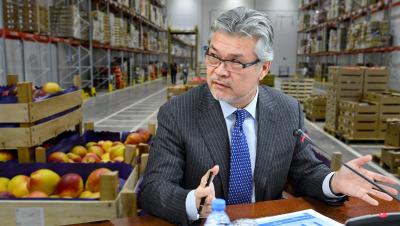
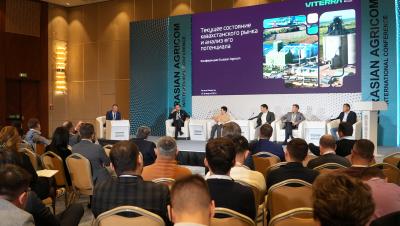
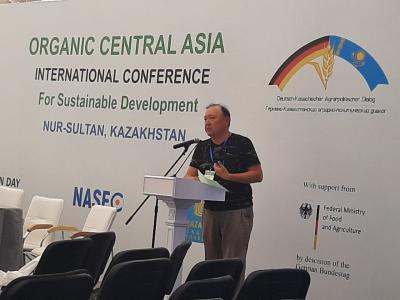

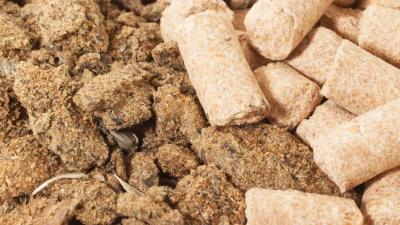

Обсуждение